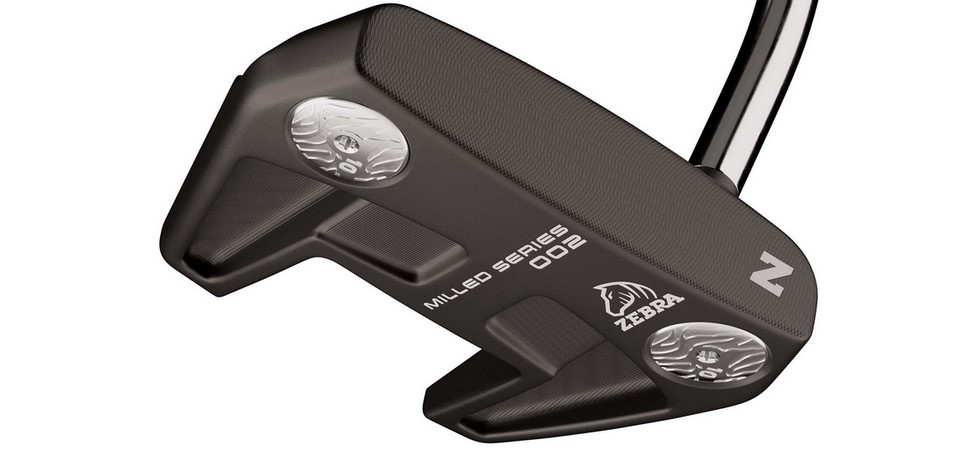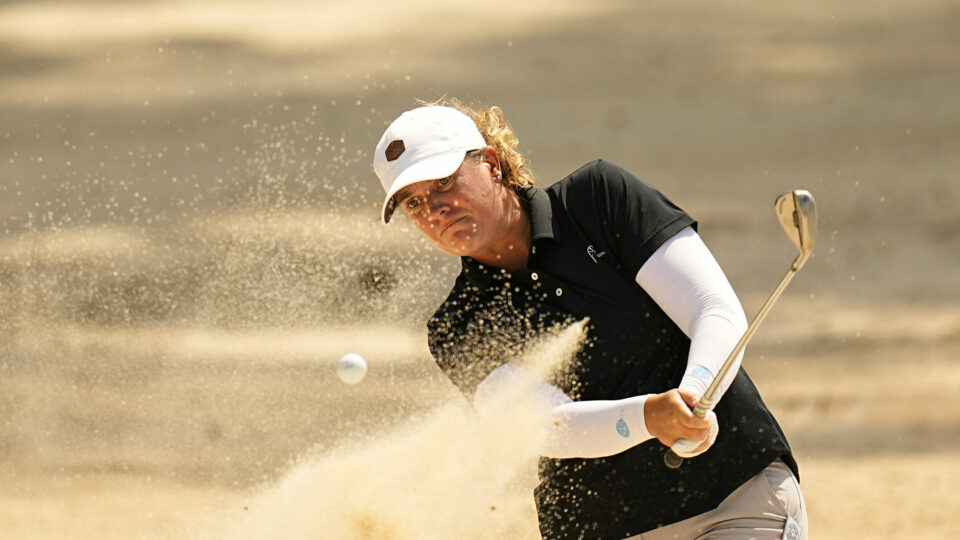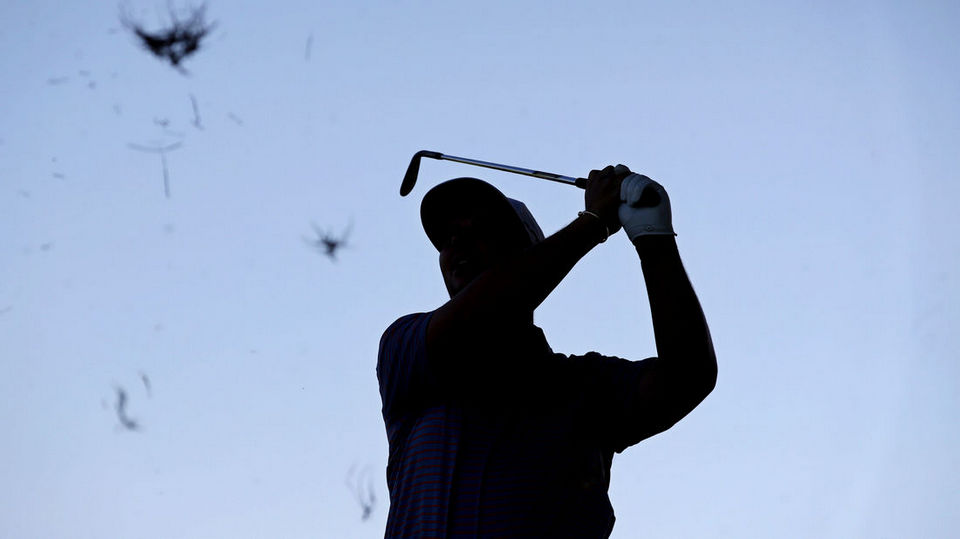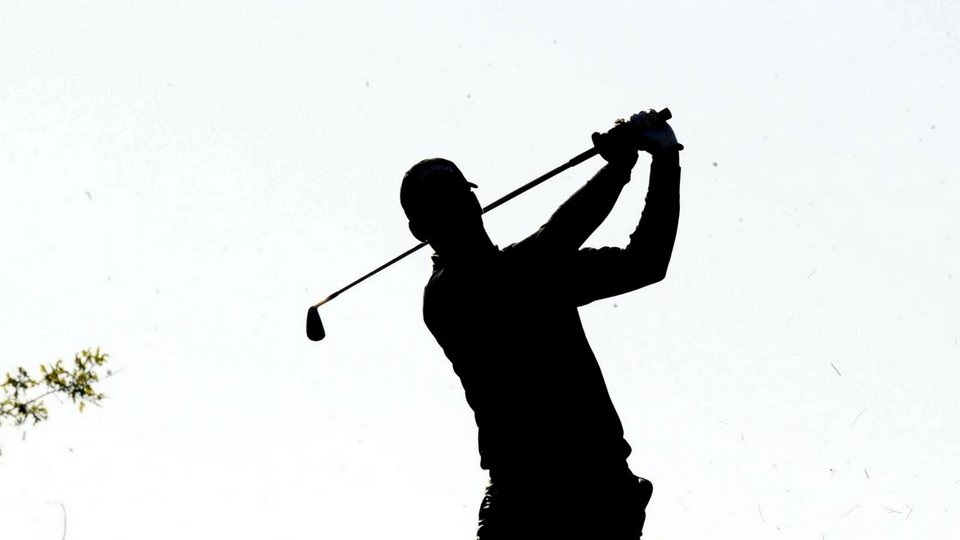Estimated reading time: 3 minutes
You can pick up a lot of interesting information from Twitter. (Also a lot of rubbish, weird opinions and abusive comments, too, but we won't got there for now.) Last month a gentleman called David Poulton posted that in 1980 Forrest Fezler ranked 50th in driving distance on the PGA Tour with an average boom of 261 yards. (Fezler's chief claim to fame was finishing runner-up to Hale Irwin at the 1974 US Open.) Today, the guy ranked 50th is Patrick Cantlay, the recent winner of the Tour Championship. In mid-September, his average belt was 302.6 yards. That has now crept up to 302.8. Any which way you cook it, however, an increase of over just 40 yards in just over 40 years is quite an appreciable increase. Something has to be done, you might say. Well, something has been done. Whether it's sufficient is a different matter.
Last week it was announced that the Royal & Ancient Golf Club and the United States Golf Association (USGA) had decided to implement a regulation with effect from January 1, 2022, which would permit tournaments (elite amateur as well as professional) to make it illegal under a local rule for a player to use a driver - or any club other than a putter - that was longer than 46 inches. It is safe to assume the R&A will adopt this rule for its Open Championship and the USGA for its US Open; that the Masters and the USPGA Championship will follow suit; the major professional tours will do likewise.
Starting Jan. 1, 2022, a new Model Local Rule will be available to provide competition organizers with the option of limiting the maximum club length (excluding putters) to 46”, with a focus on elite amateur and professional events.
— USGA (@USGA) October 12, 2021
Tap ⬇️ for more details.
Among those unhappy with this development was the reigning USPGA champion, 51-year-old Phil Mickelson, who, BTW, ranks 236th in driving distance with 288.8 yards. He had been using a 47.5 -inch driver. He took to Twitter to opine: "This is PATHETIC. [Donald Trump-style capitals there.] 1st it promotes a shorter more violent swing (injury prone), doesn't allow for length of arc to create speed, and during our 1st golf boom in 40 years, our amateur gov body keeps trying to make it less fun." (One wonders if Phil let loose a little frustration with the USGA there on account of the fact that the US Open is the only major championship he hasn't won.)
Taking a perverse kind of credit for this was Bryson DeChambeau, the huge-hitting US Open champion of 2020. "It's a little flattering in a sense," he said. "I did talk about that 48-inch driver for so long and it just didn't work for me the way I wanted it to. It's really cool to see that there's some change off the conversations I've had."
This is, of course, no panacea for the problem of the behemoths of modern professional golf threatening to render effectively obsolete some of the world’s great golf courses. But it is a start. Baby steps and all that, I guess.
💪 @B_DeChambeau averaged 323 yards off the tee last season.
— PGA TOUR (@PGATOUR) September 9, 2021
The best drives from the leader in Driving Distance. pic.twitter.com/HMFv1zM09t
You can follow Robert Green on Twitter @robrtgreen and enjoy his other blog f-factors.com plus you can read more by him on golf at robertgreengolf.com



